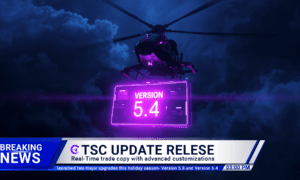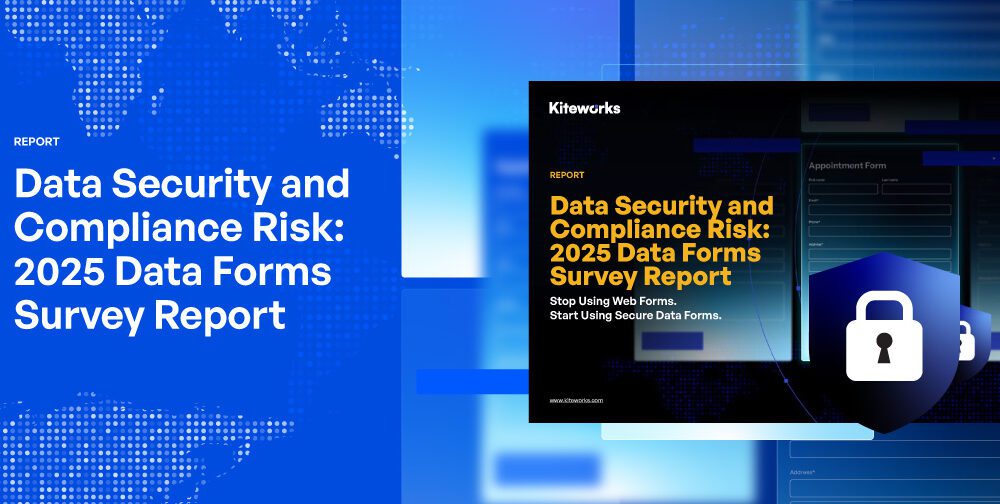An expert in large-scale infrastructure and cloud-native architecture shares how to re-engineer a live cargo tracking platform to be faster, lighter, and more stable
These days, automation is everything — especially when systems need to run 24/7, scale fast, and recover on their own when something breaks. Kubernetes helps make that possible. It’s an open-source platform used to automate containerized applications’ deployment, scaling, and management. Companies across industries — from banking and retail to healthcare, logistics, and streaming — rely on it to keep complex software running smoothly across fleets of servers.
What makes it so useful is its ability to automatically restart failing apps, scale services based on demand, and roll out updates without downtime — all while keeping systems stable and responsive.
By 2025, Kubernetes has become the leading choice for running cloud-native applications. A recent report from Dynatrace shows that two-thirds of all Kubernetes workloads now run in the cloud — a big leap driven by companies looking for smarter, more resilient infrastructure as they grow. This widespread adoption reflects an apparent market demand: businesses need flexible, self-healing systems that can scale under pressure, especially in industries like logistics, where downtime means disrupted deliveries, broken data pipelines, and real-world losses.
To explore how Kubernetes delivers on this promise, we spoke with Dmytro Verner, a Senior Software Engineer with a Master’s in Computer Science. During his time at TransVoyant — a predictive logistics platform serving clients like McKesson, Merck, and Bridgestone — Dmytro led the migration from Docker Swarm to Kubernetes, which led to a system that was significantly more stable, secure, and easier to scale.
In this conversation, we explore how that transformation was achieved — and what lessons it offers for other teams facing similar challenges.
Dmytro, as Kubernetes becomes the go-to standard for running cloud-native systems, what difference does it make when it comes to keeping large-scale platforms, especially in logistics, stable and resilient?
Kubernetes has really changed the way we think about failure and scale. In logistics, you’re constantly working with real-time data — tracking planes, ships, trucks — often handling tens of millions of events a day. There’s no room for downtime. What Kubernetes brings to the table is a system that’s smart enough to take care of itself. It runs services across multiple machines, checks if something goes wrong, and recovers automatically, without waiting for a human to jump in.
So even if one part stops working, the rest keeps running. Before Kubernetes, keeping things stable often meant writing manual scripts and constantly watching for issues. Now, a lot of that work happens automatically — right out of the box.
At TransVoyant, your team replaced Docker Swarm with Kubernetes, cutting the infrastructure footprint by 4x while improving system uptime. That’s a significant result. What key factors enabled such a successful migration?
The real shift happened when we saw that Docker Swarm just wasn’t keeping up with the kind of data loads we were handling. The platform was tracking live movements of every commercial ship and plane across the globe — that’s a huge, constantly changing stream of real-time data. We needed a system that could flex with that kind of pressure.
Kubernetes gave us much more control. We could fine-tune how resources were used and set rules to automatically scale services up or down based on actual demand. We also got rid of a lot of waste — containers that were barely being used but still running around the clock. Some were sitting at 10–15% utilization nonstop. After we reconfigured everything in Kubernetes, that idle overhead dropped fast. In the end, we not only shrunk the infrastructure, but we also made it stronger and more efficient.
A significant part of the migration involved implementing Role-Based Access Control (RBAC), didn’t it? How did this impact the team’s ability to work securely and efficiently?
RBAC — or Role-Based Access Control — is basically a way to manage who can do what inside a system. Think of it like giving different keys to different rooms in a building: some people only need access to the meeting room, while others need access to the server room. Instead of giving everyone a master key, you assign access based on their role.
Implementing RBAC was a big step for us. On Swarm, access control was much flatter — either you had full access or none. With Kubernetes, we could define particular roles: who could view logs, who could modify deployments, and who could access secrets. This wasn’t just about security, though that’s a huge benefit — it was about operational safety. For example, we ensured developers working on analytics services couldn’t accidentally delete production pods. It also helped us pass compliance checks more smoothly, including AWS Partner certification, since we had clear audit trails and access policies. It brought discipline into our workflows and prevented costly mistakes.
You mentioned optimizing resources during the migration. How exactly did Kubernetes improve your team’s approach to resource management?
In Docker Swarm, we had limited tooling to monitor and enforce resource usage. That meant containers could overconsume memory and crash the node — and they did. With Kubernetes, we set explicit CPU and memory requests and limits for every pod. That helped us stabilize the environment dramatically. We also introduced resource quotas at the namespace level to prevent team-specific workloads from starving the rest of the system. On top of that, we integrated monitoring with Grafana to get visibility into which services were underutilized or spiking. This kind of observability lets us fine-tune the cluster weekly, shaving off cost and improving performance.
Logistics systems demand continuous uptime. How did Kubernetes specifically help your team meet those availability requirements?
High availability was one of the strongest arguments for switching to Kubernetes. The system supports rolling updates with zero downtime, liveness, and readiness probes to ensure traffic only hits healthy pods, as well as automatic restarts for failed containers. At TransVoyant, our clients relied on a continuous stream of location and logistics data — if we dropped even a few minutes of service, it had cascading effects. Kubernetes allowed us to deploy fixes or updates during peak hours without taking anything offline. And when there was an issue, like a memory leak, it could isolate and restart the affected pod without disrupting the rest of the system.
That said, migrating a system of this scale must have come with serious challenges. What were some of the toughest parts of the process?
The learning curve was steep. Kubernetes has an entirely different operating model compared to Docker Swarm — it’s declarative, it’s layered, and it can be unforgiving if misconfigured. We had to rethink our entire approach and help both developers and QA specialists adapt to the new environment. We also had to rework deployment pipelines using Helm charts and GitOps practices, which was a cultural shift. Another big challenge was around observability. Early on, we had difficulty understanding which metrics truly mattered and where bottlenecks were forming. But once we got through those hurdles, the payoff was clear — more control, more resilience, and more confidence in the system’s behavior.
Looking ahead, how do you see Kubernetes continuing to evolve, and what aspects are you personally excited to explore next?
Kubernetes is becoming more developer-friendly, which is excellent. I’m especially interested in where it’s headed with serverless workloads and AI-based autoscaling. Right now, there’s still a lot of manual tuning required — I’d love to see more intelligent systems that can predict workload patterns and optimize resource use automatically. Looking ahead, I’m keen to deepen my work in high-load distributed systems and take part in projects at the frontier of AI, automation, and big data. I’m particularly drawn to areas where technology can create a tangible impact, whether by streamlining global logistics, improving business efficiency, or solving challenges that affect everyday life.





























